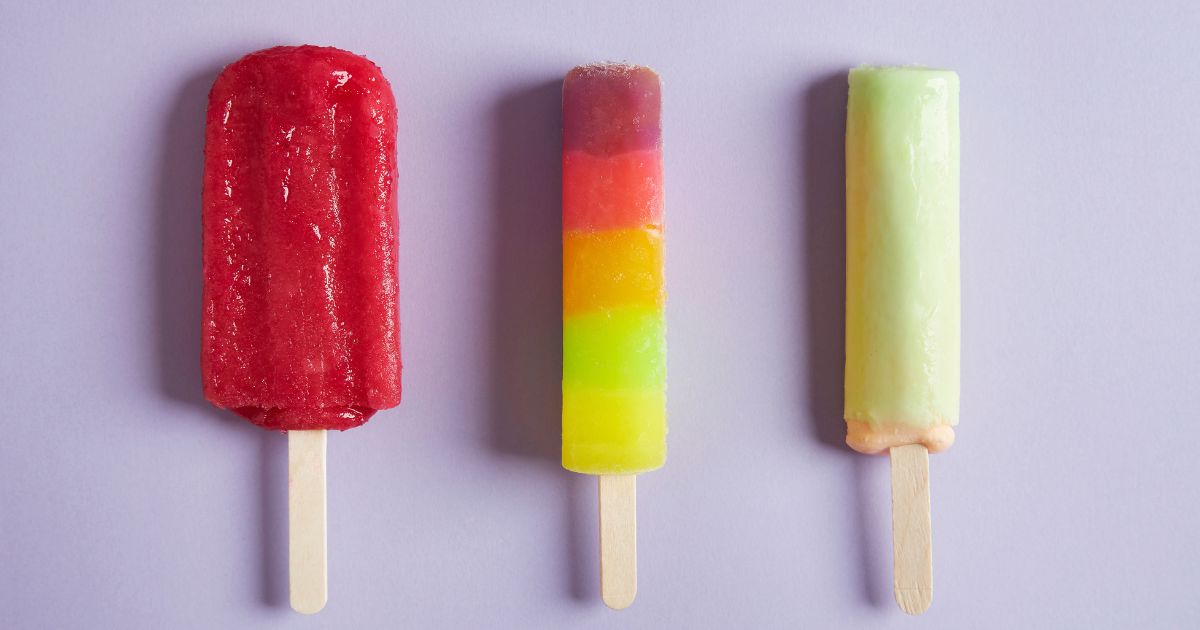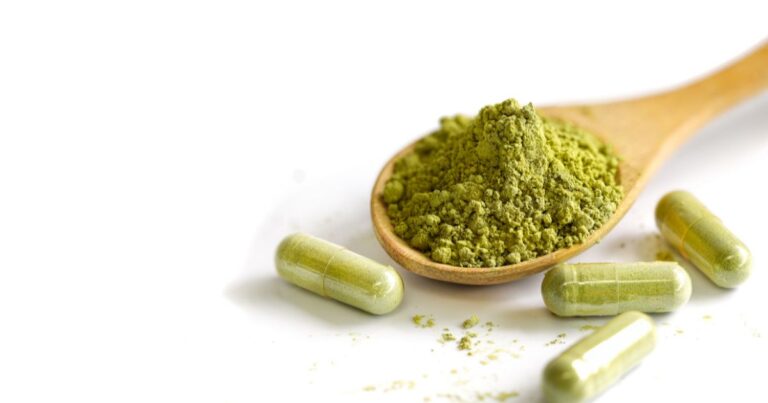Can Popsicles Go Bad: How Long Do Popsicles Last In The Freezer
Have you ever bought a box of popsicles and forgot about them? Looking through the chest freezer in the garage, you find a box of old popsicles from last summer, and you pop one into your mouth before deciding if popsicles can go wrong. Do Popsicles Expire? Can They actually make me sick if I eat Them After the Expiration Date? Popsicle Expiration Explained, plus Shelf life insights with storage tips!
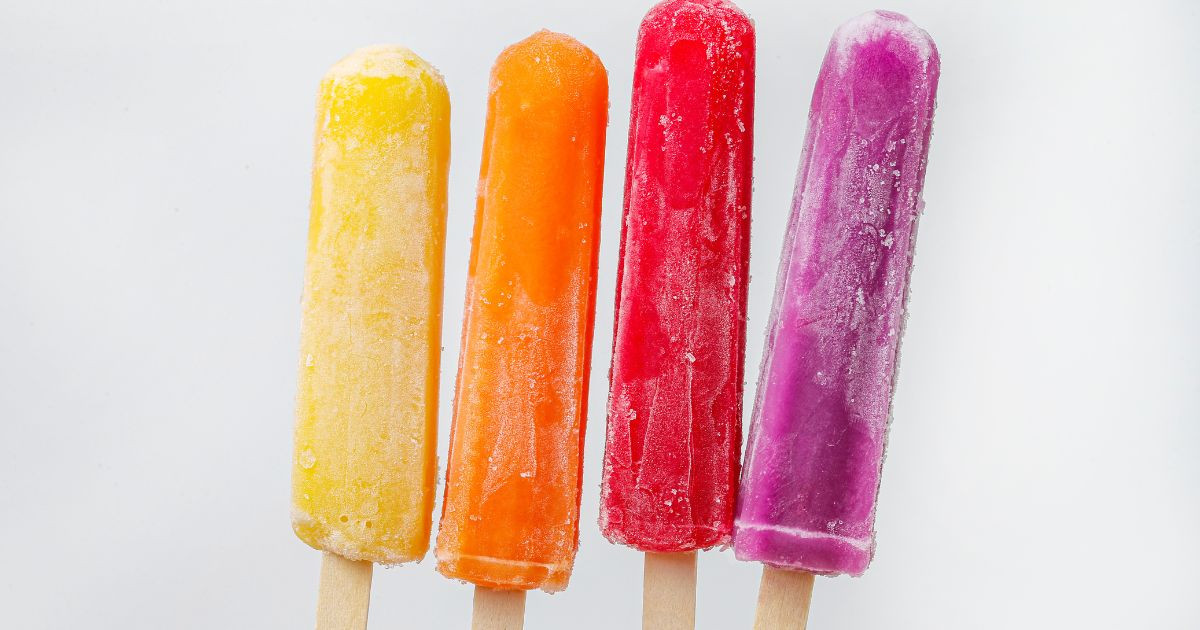
Ah, popsicles! Those icy sticks of joy that promise a momentary escape from the heat with just a simple unwrapping. I’ve spent countless hours crafting gourmet meals, but nothing brings me back to the simplicity of childhood like a good old-fashioned popsicle.
However, as a parent, I’ve also experienced the mystery of uncovering a popsicle buried in the depths of the freezer. Was it from last summer? Or the summer before? This brings us to an important and often overlooked question: Do popsicles expire?
Yes, those colorful, icy treats that promise a respite from the summer heat.

Let’s break down the answer to this icy conundrum while providing practical storage tips to ensure your popsicle stash remains top-notch.
Whether it’s a store-bought favorite or a homemade blender concoction, understanding the shelf life of these frozen treats is key to both safety and enjoyment.
So, let’s dive into popsicles, where we’ll unravel the myths and facts about their longevity and learn how to store popsicles like a pro.
So, grab a popsicle (hopefully, not the one from two summers ago!), and let’s unravel this frosty mystery together.
Table of Contents
Understanding Popsicles

Ah, ice popsicles! They’re not just frozen water with a splash of color. As a chef, I appreciate the simplicity yet the creativity that goes into these icy treats. Let’s break it down a bit, shall we?
What’s in a Popsicle?

Basic Ingredients: The classic popsicle is a straightforward concoction of water, sugar, and some kind of flavoring. This could be fruit juice, fruit puree, or artificial flavors for that rainbow of colors we all love.
Dairy-Based Varieties: Then there are the creamier cousins, often blending in milk or cream. They’re like ice cream on a stick, and let me tell you, they’re a hit with the kids after a day of backyard escapades.
Sugar-Free and Healthier Options: There are sugar-free versions for those mindful of sugar intake. These often use sweeteners like stevia. And for the health-conscious, popsicles are packed with natural fruit and some with added vitamins.
A World of Flavors
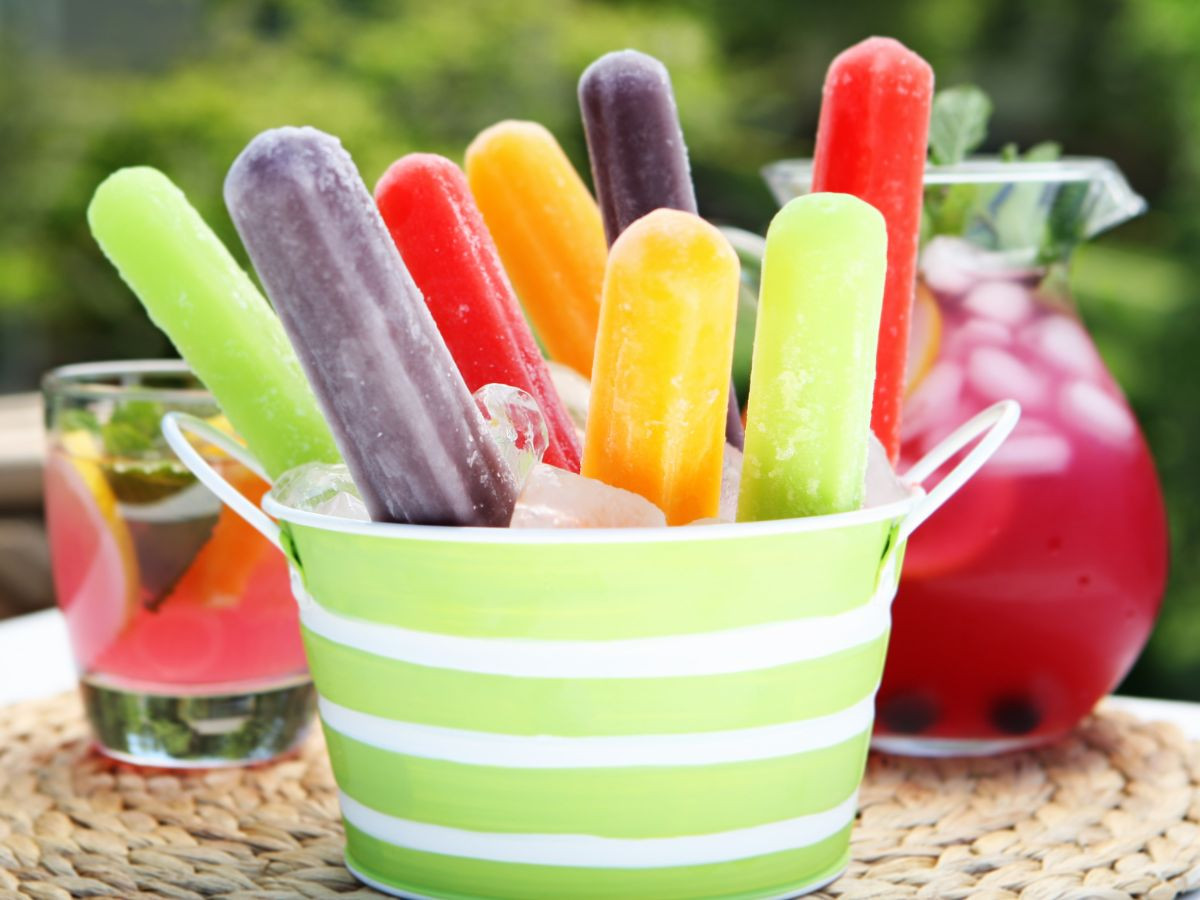
There’s a whole spectrum from the classic orange, cherry, and grape to gourmet creations infused with herbs and exotic fruits. I remember whipping up a batch of basil and strawberry popsicles for a summer party once, and they were a runaway hit!
Homemade vs. Store-Bought

The beauty of popsicles lies in their versatility. You can buy them from the store, or better yet, make them at home. Homemade ones are a fantastic way to experiment with flavors; you know exactly what goes into them – a big win for any parent.
So, that’s a little peek into the world of popsicles. Whether you’re into the classic stick type or fancy the molded kind, there’s always something for everyone.
Do Popsicles Expire? The Great Frozen Food Dilemma

Let’s address the frosty question at the heart of our discussion: Do popsicles expire?
As someone who’s found more than a few mystery popsicles frozen in the depths of my freezer, I can tell you that they certainly do, but it’s not as straightforward as it might seem.
The Shelf Life of Popsicles
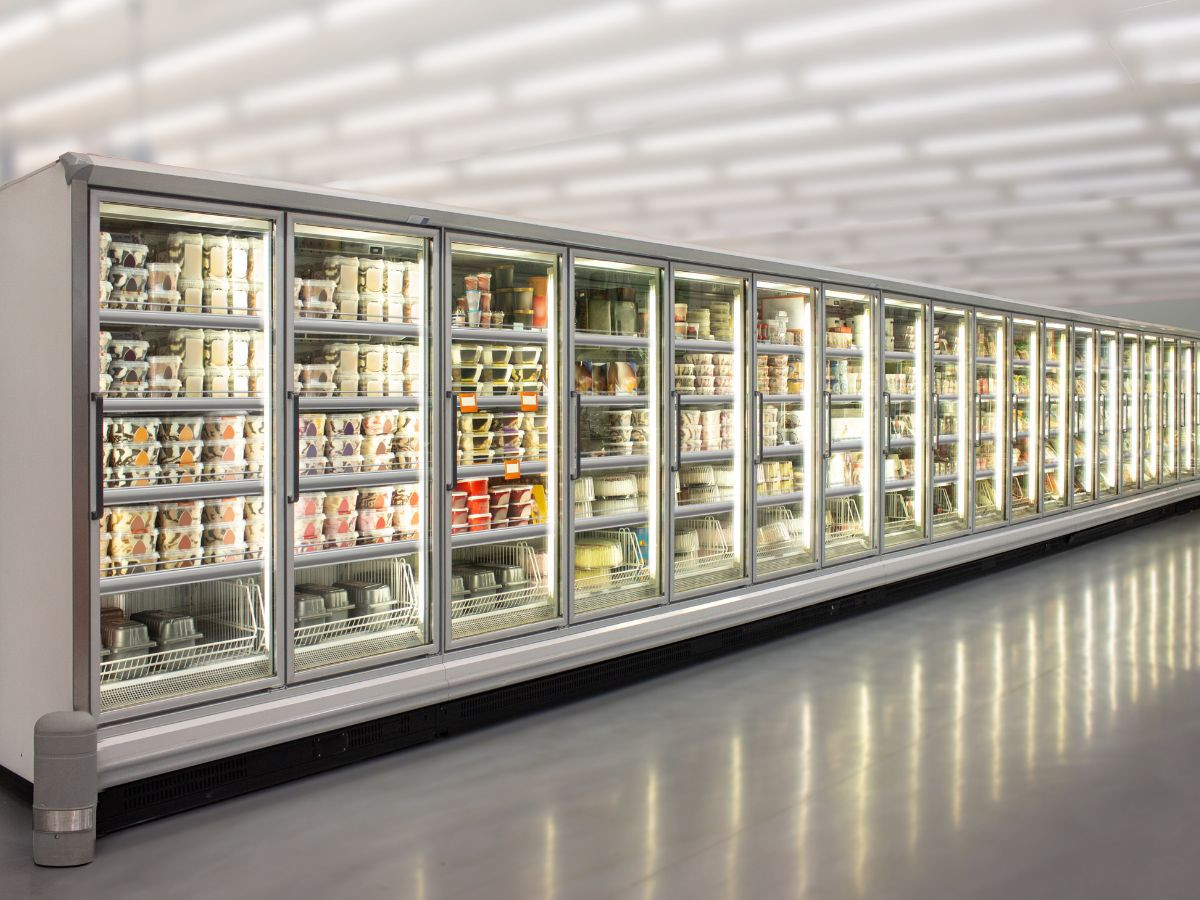
Expiration Dates: Most commercially made popsicles come with an expiration date. This is an excellent initial guide, but it’s not the final word. In my experience, if stored properly, they can often last beyond this date without losing quality.
Ingredient Impact: The shelf life also hinges on what’s in your popsicle. Dairy-based popsicles, like those creamy, dreamy ones, can go bad quicker than your standard fruit and water variety. The natural preservatives in sugar can extend the life of traditional popsicles.
How Long is Too Long?
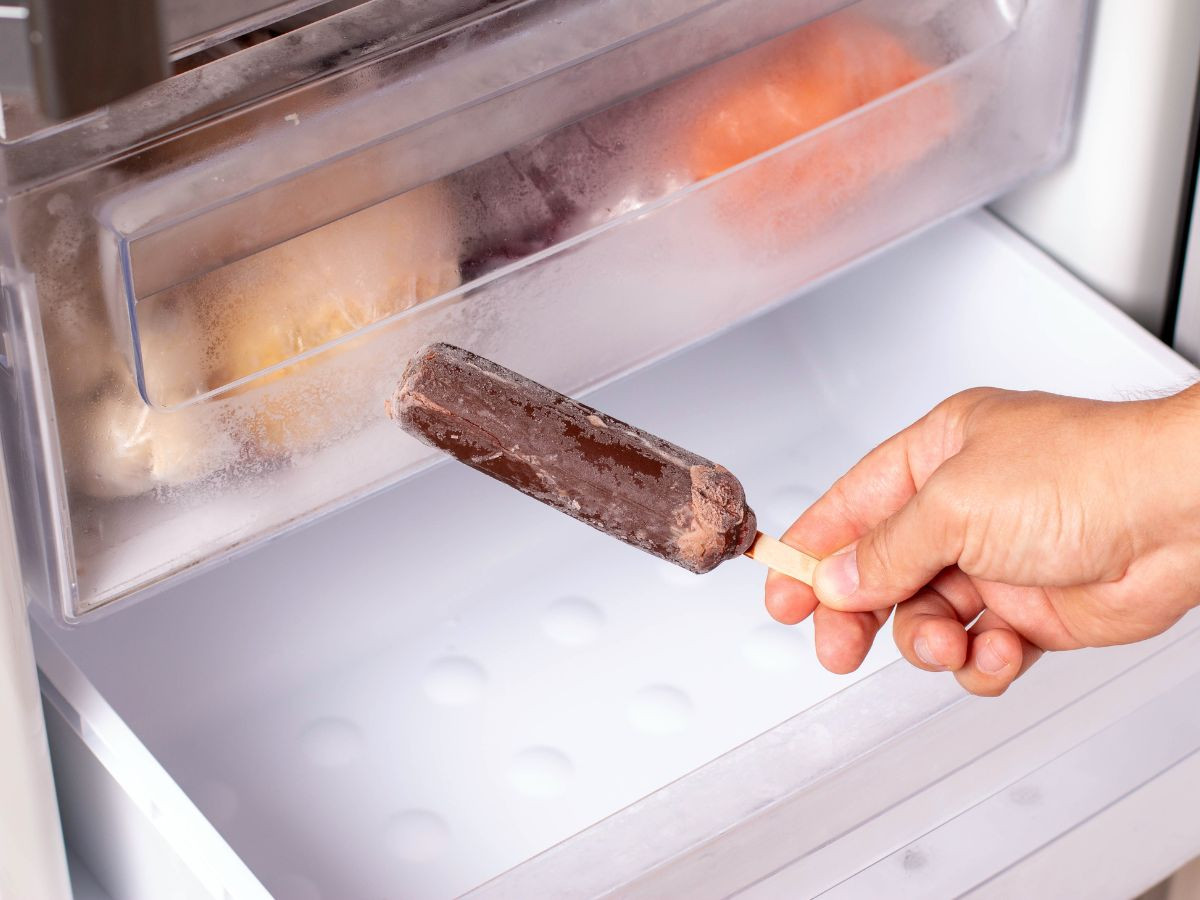
Freezer Burn and Ice Crystals: Have you ever found a popsicle covered in ice crystals or looking a bit shriveled? That’s freezer burn for you. While not harmful, it takes the joy out of the treat. The taste and texture take a hit, making it less appealing.
Taste and Texture Changes: If you bite into a popsicle and it tastes off or the texture feels weird, it’s a clear sign that it’s past its prime. Trust your taste buds – they’re seldom wrong in these matters.
Safety First
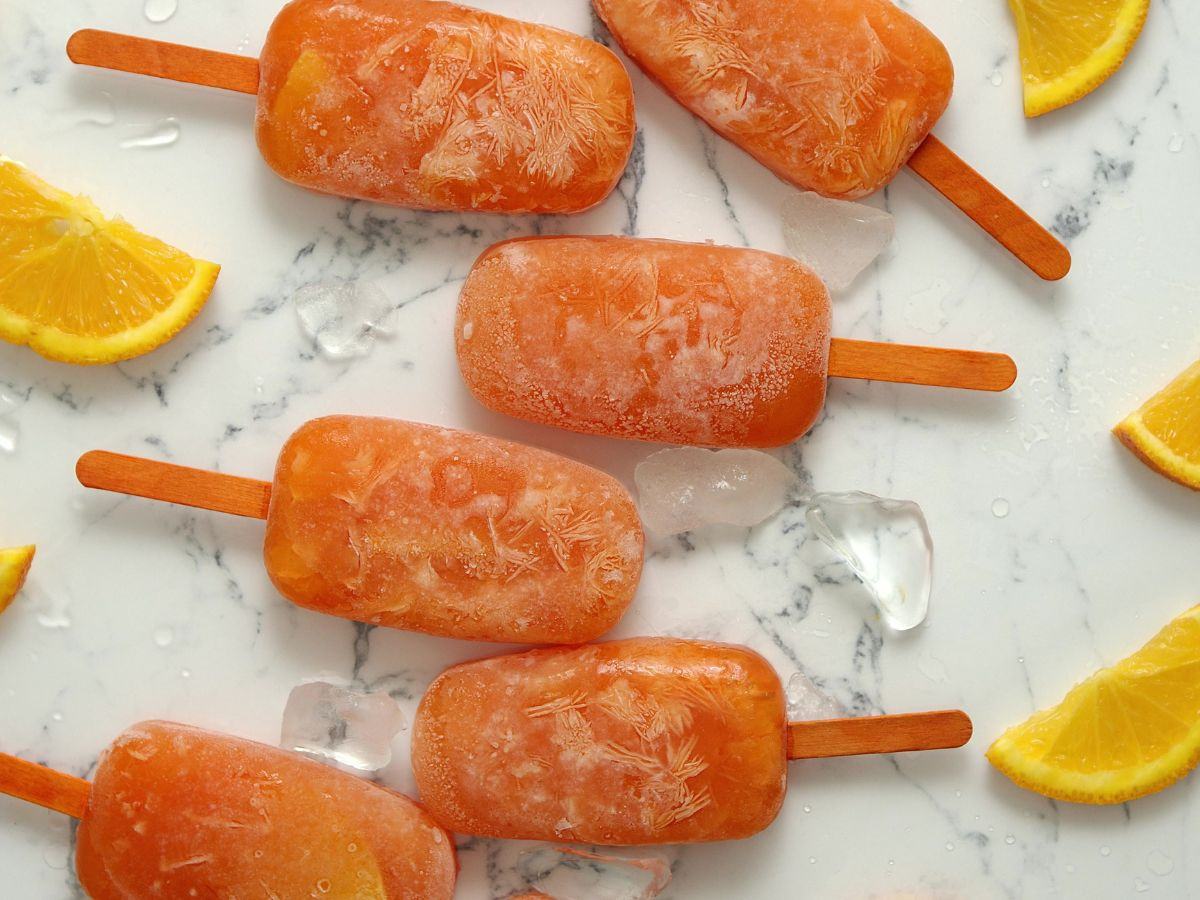
When in Doubt, Throw It Out: If you’re unsure how long a popsicle has been hanging out in your freezer, it’s better to err on the side of caution. A melted and refrozen popsicle can be a breeding ground for bacteria, and that’s a risk not worth taking, especially with the little ones.
Identifying Expired Popsicles and Ice Crystals

Knowing when a popsicle has had its day in the sun (or too long in the freezer) is key to ensuring every lick and bite is as delightful as intended.
Here’s my chef-and-parent guide to spotting and eating those not-so-fresh frozen treats.
Visual and Textural Clues:
Ice Crystals: Small ice crystals can form on the surface of popsicles over time, especially if the freezer door is often opened and closed. A few crystals don’t spell disaster, but a popsicle that’s more ice than flavor might not be as enjoyable.
Discoloration: Keep an eye out for any color changes. If your once vibrant popsicle looks faded or has spots of discoloration, it’s a sign that it’s been in the freezer too long.
Shriveled Appearance: Freezer burn can make popsicles lose moisture, leading to a shriveled, unappetizing look. If it resembles a frosty raisin on a stick, it’s time to bid it farewell.
Taste and Smell:
Off Flavors: If you’re brave enough to give it a taste and it’s off, trust your palate. An odd or stale taste indicates that the popsicle is past its prime.
Strange Smells: While popsicles generally don’t have a strong scent, any unusual or off-putting smell is a red flag.
Safety First:
When in Doubt, Throw It Out: This is my mantra in the kitchen, especially with frozen treats. If you’re unsure about a popsicle, it’s best to discard it. Better safe than sorry, especially when it comes to food safety.
Proper Storage Tips for Popsicles
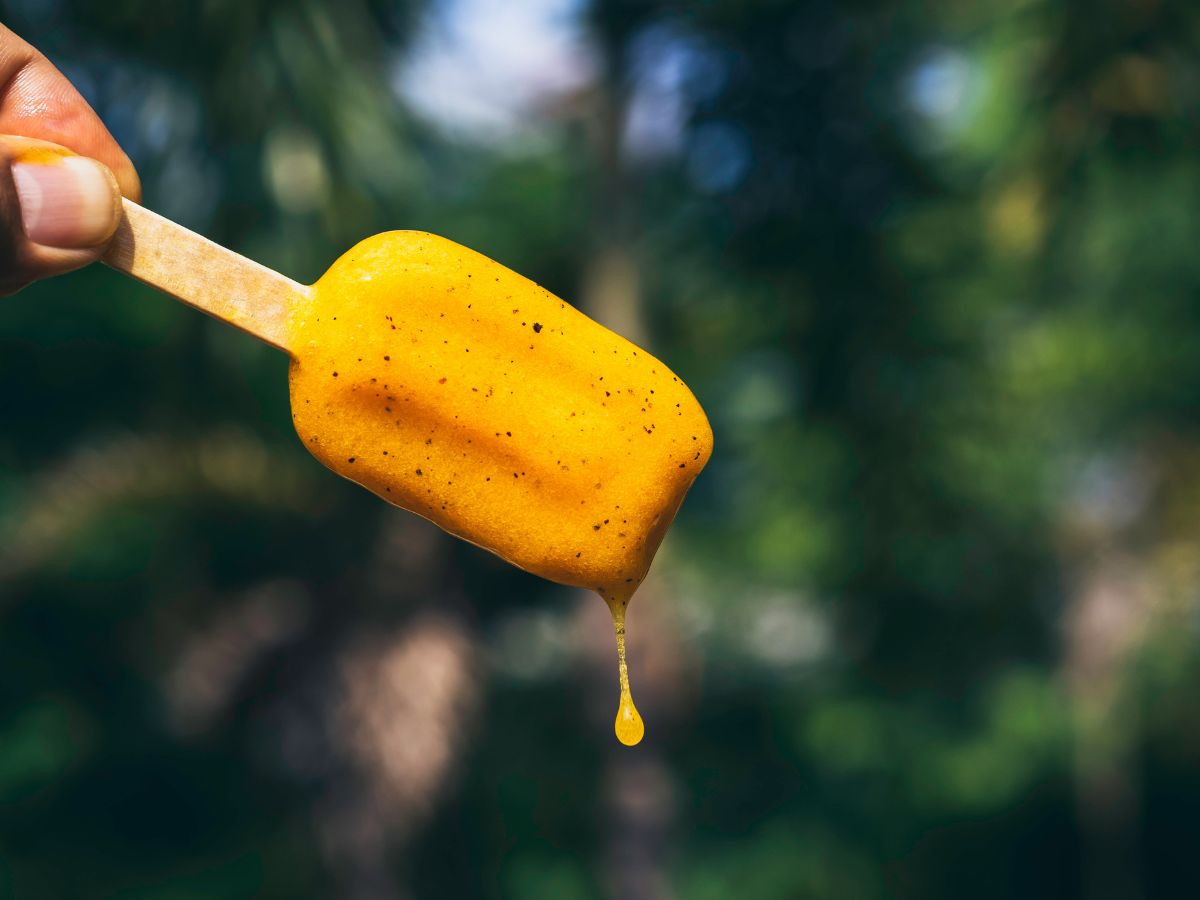
Storing popsicles correctly is crucial to maintaining their quality and extending their shelf life.
Here are some tips from my kitchen to yours to ensure that every popsicle you reach for is as good as the day you got it – or made it!
Freezer Storage
Consistent Temperature: Store your popsicles in a freezer with a steady temperature of 0°F (-18°C) or below. Frequent temperature changes can lead to freezer burn and ice crystal formation.
Sealed and Secure: If you’ve opened a multipack, seal it well before returning it to the freezer. Exposure to air can speed up the degradation process.
Homemade Popsicles:
Airtight Containers: Use airtight containers or plastic wrap to protect those delicious homemade creations from freezer burn.
Label and Date: Don’t rely on memory alone; label your homemade popsicles with the date they were made. It helps in keeping track of their freshness.
Avoiding Cross-Contamination:
Separate Storage: Keep popsicles away from strong-smelling foods in the freezer. You don’t want your strawberry popsicle tasting like last week’s garlic chicken!
Minimizing Exposure:
Quick Access: Try to minimize the time the freezer door is open when grabbing a popsicle. The less exposure to warm air, the better.
Homemade Popsicles: Shelf Life and Tips

Homemade popsicles are a realm of endless creativity and a great way to involve the kids in the kitchen. But just like their store-bought counterparts, they, too, have a shelf life.
Let’s jump into keeping your homemade frozen delights as fresh as a summer breeze.
Shelf Life of Homemade Popsicles:
Duration: Typically, homemade popsicles are best enjoyed within a week of making them. They lack the commercial preservatives that extend the shelf life of store-bought varieties.
Fresh Ingredients: Remember, the fresher your ingredients, the longer your popsicles retain their quality. Fresh fruit, for example, will make a popsicle last longer than those made with fruit on the brink of overripeness.
Storage Tips:
Airtight is Right: To prevent freezer burn and taste transfer from other foods, store your homemade popsicles in airtight containers or wrap them individually in plastic wrap.
Label with Love: Always label your popsicles with the date they were made. Not only does it help track their freshness, but it’s also a nice reminder of when you had that fun day making them.
Upgrade your popsicle experience by adding specially designed stickers to make it easy to keep track of the freshness of your popsicles and make every popsicle a great memory.
Whether you prefer fruit or chocolate flavors, you can easily distinguish them with different coloured stickers. Keeping track of the production date with the sticker is quick and sharp, and you’ll never miss the best time to enjoy the flavor.
Now, start creating your own popsicle memories. Want to enhance your frozen snack experience? Choose your favorite Die-Cut Stickers and add a touch of joy to your popsicle treat experience.
Personal Touch:
Family Fun: One of my favorite family activities is making popsicles together. We’ve tried everything from classic orange juice pops to adventurous combinations like kiwi and mint. The kids love seeing their creations freeze, and it’s a great way to teach them about food preservation.
Customization is Key: The beauty of homemade popsicle recipes is customization. Cater to dietary restrictions or preferences easily – think lactose-free milk for dairy-free pops or honey instead of sugar for a natural sweetener twist.
Frozen Foods Summary: Popsicle Expiration Conclusion

Whether store-bought or homemade, popsicles have a finite lifespan, and knowing how to store them correctly is key to enjoying their full flavor and texture.
Remember, look for signs of freezer burn or off-tastes to determine if a popsicle has passed its prime. For homemade popsicle enthusiasts, keeping them fresh within a week of making, using airtight storage, and labeling are your best bets for preserving those delicious frozen treats.
As a professional chef and a parent, I’ve seen my share of popsicle-related mishaps and delights. It’s all part of the fun and joy these simple yet beautiful treats bring our lives, especially on those warm summer days.
So the next time you find a forgotten popsicle in the back of your freezer, you’ll know exactly what to do.
And when you whip up a batch of homemade popsicles, you’ll be confident they’re properly stored for maximum freshness. Here’s to many more seasons of enjoying this timeless, icy frozen treat delight in all its forms!
FAQ and Additional Information:
How long does a popsicle last?
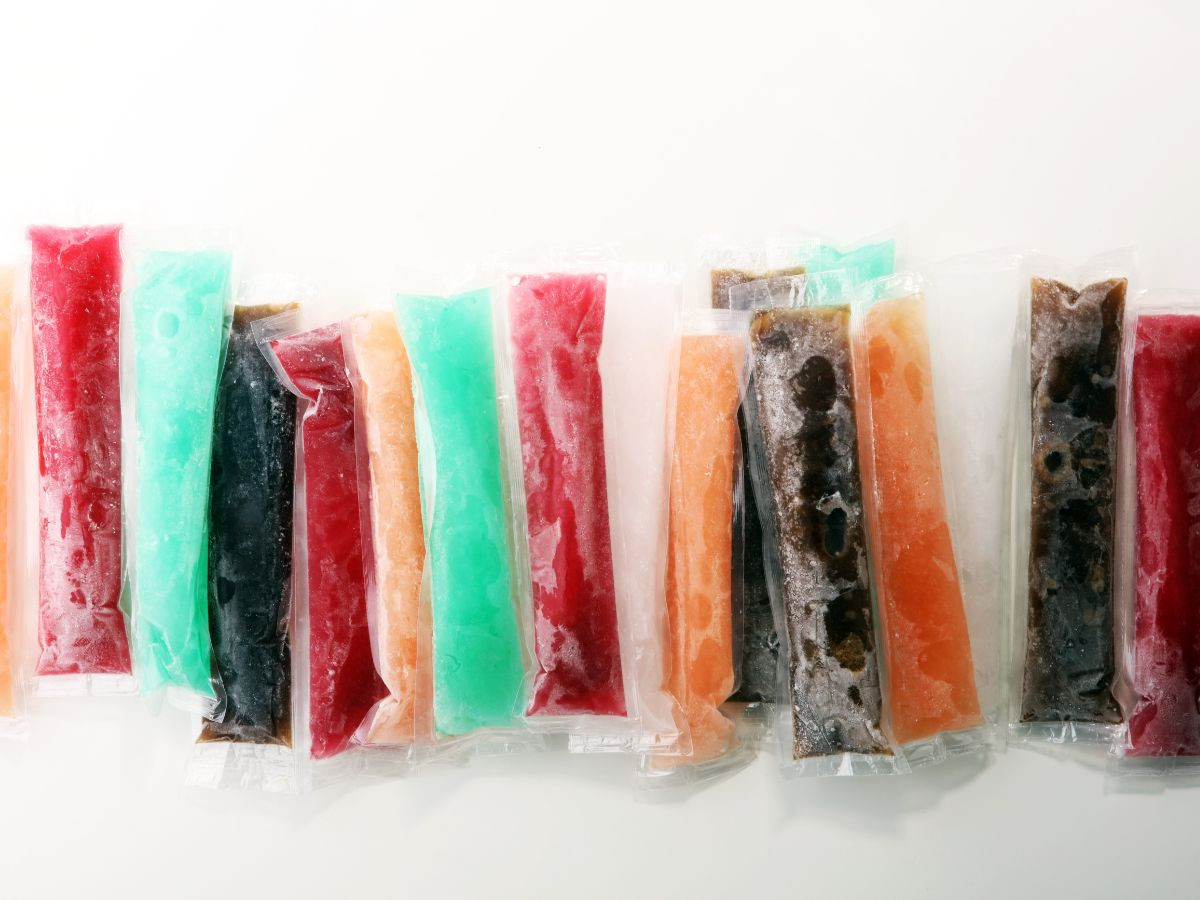
The shelf life of popsicles can vary depending on whether they are store-bought or homemade, as well as their ingredients:
Store-Bought Popsicles
Typically, store-bought popsicles can last 6 to 8 months in the freezer, sometimes longer, if they remain unopened and stored correctly at 0°F (-18°C) or below.
This is due to their ingredients and preservatives, designed to extend their shelf life.
Always check the expiration date on the packaging for the best guidance. Even if they’re technically safe to consume after this expiry date, their quality in terms of taste and texture might diminish.
Homemade Popsicles
Homemade popsicles usually last about 1 to 2 weeks in the fridge or freezer. Since healthy foods don’t contain commercial preservatives, their shelf life is shorter.
The freshness of the ingredients (like fresh fruit vs. near-ripe fruit) can also influence how long they last.
In both cases, it’s important to watch for signs of freezer burn, off-tastes, or changes in texture, which indicate that the popsicles are past their best quality.
Proper storage in an airtight container or wrapping can help extend their freshness.
Can popsicles go moldy?

Due to their high water content and low-temperature environment, Popsicles typically do not grow mold in the traditional sense that we see in foods at room temperature.
The freezing temperatures in a properly functioning freezer inhibit the growth of mold and most other microorganisms.
However, there are a few scenarios where mold or bacteria might become a concern:
Improper Storage: If popsicles are stored improperly, such as in a freezer that frequently fluctuates in temperature or is not cold enough, it might create a condition where mold could potentially grow, especially if the popsicles partially thaw and then refreeze.
Contamination: If the popsicle or its container was contaminated with mold before freezing, there’s a potential for mold growth, especially how long popsicles thaws.
Refreezing: If the ice pops melt to the point of being liquid and exposed to mold spores at this stage, then refrozen, there could be a risk of mold. However, this is relatively uncommon.
Surface Changes: Sometimes, what appears to be mold can be freezer burn or ice crystals forming due to dehydration and rehydration cycles in the freezer.
If a popsicle has an off smell, appearance, or taste, throwing food out and discarding it is the best food out and discarding it. Always consume popsicles stored correctly and within their expected shelf life to ensure safety and quality.
Why is my popsicle slimy?

If your popsicle feels slimy, it’s generally not a good sign, and there could be a few reasons behind this:
Melting and Refreezing: The most common reason for a slimy texture is the popsicle partially melting and then refreezing. This can happen if the freezer temperature fluctuates or the popsicle is removed for a period and then put back in.
The freezing process of melting and refreezing can change the texture of the popsicle, making it seem slimy or gooey.
Ingredients and Texture Changes: Some popsicles, especially those with certain additives or high sugar content, might develop a slimy texture over time due to changes in the ingredients.
This is less common but can occur with certain types of popsicles.
Contamination: While rare, contamination from bacteria or other microorganisms can cause a slimy texture.
This could change texture if the popsicle were exposed to contaminants before freezing or during storage (e.g. if the packaging was damaged).
Freezer Burn: In some cases, what might seem like slimy results from freezer burn.
When ice crystals form on the surface of the popsicle or any other frozen foods for that matter and then sublimate (turn from solid to gas), they can leave behind a slightly different texture on the surface.
If you encounter a slimy popsicle with a sticky gummy coating, it’s best not to consume it.
The change in texture could indicate a quality issue, potential spoilage, or food poisoning, and it’s always better to err on the side of caution regarding food safety.

